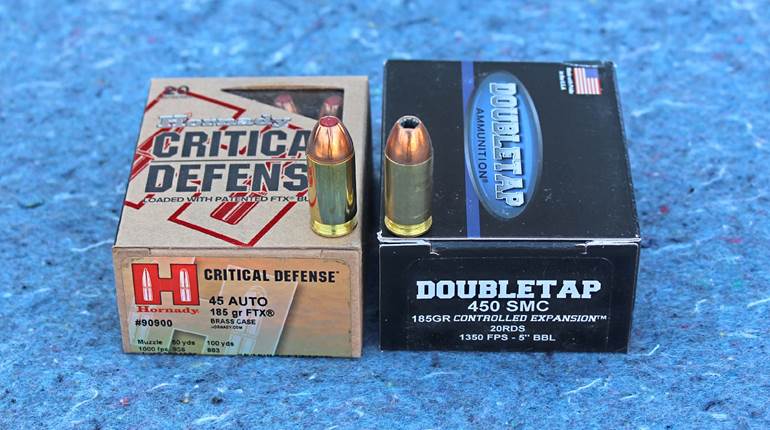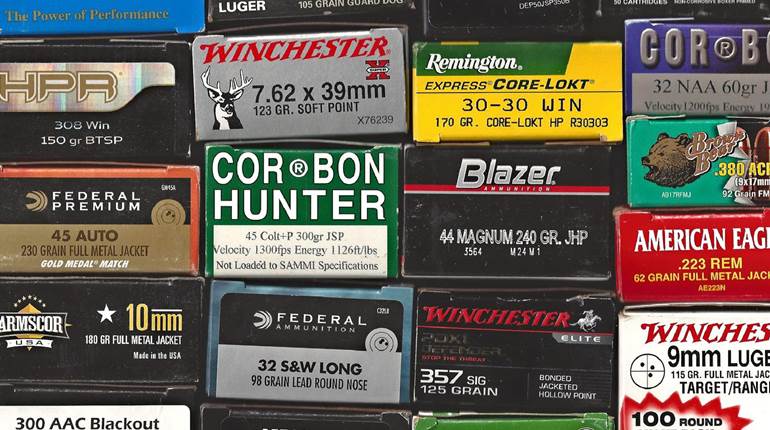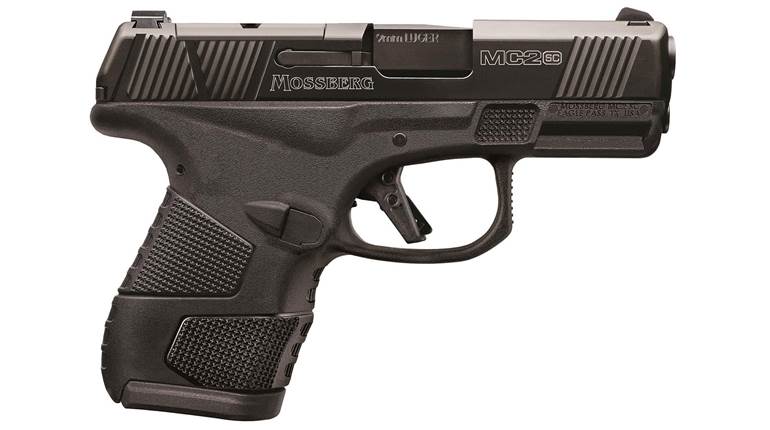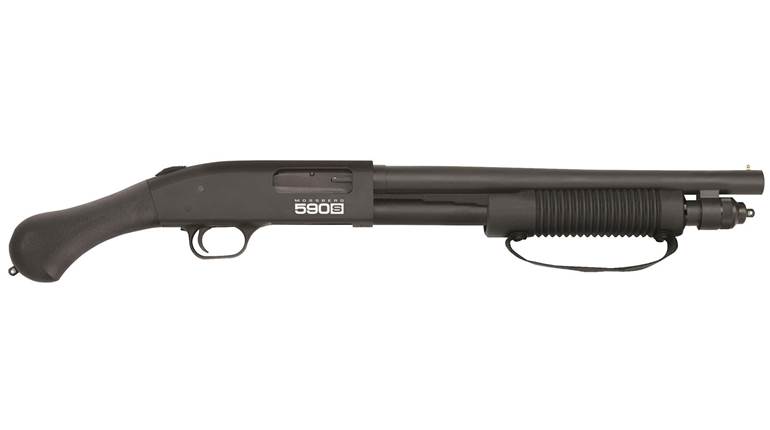
As a shooting enthusiast, I understand exactly how frustrating it is to invest hard earned dollars in a new or used firearm only to find out too late that it doesn't work. I know because it's happened to me more than once. What to do with a lemon depends on various factors, including where the gun was purchased, what condition the gun is in now (unfired, used, surplus, damaged), and what end results you're looking for. Here are five steps to follow when you find yourself in this sour situation:
1. Take it Back to the Seller
As with any other purchase made at a local brick-and-mortar gun shop or sporting goods chain, the logical first step is to take it back. However, each shop or sporting goods store is likely to have their own polices regarding malfunctioning guns and what to do about them. Here's why:
No matter its condition at the time of purchase, every gun is considered a used gun once it leaves the dealer’s premises. It doesn't matter if the piece is a war relic used to fight the Battle of the Bulge or if it's a new-in-the-box gun without a single round fired through it. This policy gives the dealer a lot of leeway as to how to handle the problem. Time is a factor. A seller is more likely to listen and help if the gun was purchased a few days ago instead of a few weeks or months ago.
One time I had a new revolver that failed the bench check before it was fired. The clerk was able to replicate the problem himself and, after a bit of wrestling with the shop owner, I was offered my choice of a full refund or exchange. I've also made purchases from an excellent little mom-and-pop shop with a policy that if you bought a used gun that didn't run they would give you a credit of the same value toward another used gun in their case.
Unfortunately, these two instances have been the exception, not the rule. In most cases, shop owners are more likely to offer to buy the gun back at a used price (about 40 percent to 60 percent of the new-gun price) or help you ship the gun back to the manufacturer for repair.
Taking a lemon back to the seller can be more challenging if it was purchased from an online dealer, at a gun show or as a private sale. Some online dealers offer a three-to-five day examination period with the option to send it back if dissatisfied but others do not. Gun shows are often here today, gone-for-six-months events with a fluid list of dealers who come and go. If you buy from a dealer's table, be sure to get a business card or their contact information. Private sales can be a coin toss as to how the seller will react if you ask for a refund or an exchange.
No matter where you buy, always ask for and make sure you understand what the return policy is before you pay. If you can't get a straight answer up front, then it's probably a good idea to walk away. If you find out after the fact that the dealer isn’t willing to do much to help, then move on to the next step.
2. Contact the Manufacturer
This is the next best thing to do with a brand new gun purchase. Do not monkey with the gun's innards or go to a gunsmith before calling or emailing the manufacturer. It's likely the gun is still covered under some kind of warranty which can become null and void if you crack the gun open yourself.
If you've purchased a used gun that was manufactured recently (within the last five to 10 years), checking in with the manufacturer could be productive. Some companies offer transferable warranties that follow the guns, not the owners. You might find out that it's a known issue that's part of a recall or a fix the company will make for free.
If the gun can be repaired, and it's under the warranty, then you may or may not have to pay the shipping charges out of pocket. If the company will fix the gun, but the warranty is expired or voided, you'll probably be paying for shipping and the repair work too.
3. Repair It Yourself
There's a simple way to tell the difference between a do-it-yourself fix and a repair that calls for the expertise of a reputable gunsmith. The do-it-yourself jobs involve removing a faulty component and replacing it without any permanent alterations to the gun. It’s a relatively simple part swap akin to changing out a spark plug or a computer printer ink cartridge. Several modern shooting platforms feature modular drop-in parts, including Glock pistols, AR-15 rifles and the Ruger 10/22 rimfires.
Doing the work yourself can save a solid chunk of change. For example, there are a variety of malfunctions that can be caused by weak, worn or broken springs. Inexpensive springs and spring kits can be ordered online, shipped to your home and installed in a few minutes without paying a service fee. If, however, a fix for your gun calls for significant changes that require the use of files, drills, dremel tools, grinders or re-bluing kits, then it’s probably time to call in an expert.
4. Visit the Repair Shop
Just like a car or computer repair, the best way to go about finding a gunsmith is with a few phone calls to the local shops. Once you're on the phone with the gunsmith, give a clear description of the firearm, the problems you're experiencing and, if possible, ask for an estimated cost for the repair work. Check in with a few different gunsmiths so as to be able to compare prices. You might have to drive over to the shop to get the estimate and you may have to pay a service fee just to have them look it over.
Once you have the estimate, it's time to crunch the numbers. Will it be more cost effective to send the gun back to the manufacturer for repairs, or to have the work done locally? Is it worth repairing at all? If the answer is no, then there's only one thing left to do.
5. When All Else Fails: Sell It for Parts
At this point you've done your homework, talked to a gunsmith and it's been verified beyond a reasonable doubt that the gun in your possession is a bona fide paperweight. When a gun receives a do-not-resuscitate order, it's usually for one or more of the following three reasons:
First, the gun is fundamentally flawed in a way that either can't be diagnosed or repaired. A rifle that shoots six feet to the left for no discernable reason or a semi-automatic pistol with a visibly cracked frame would fall into this category. Secondly, the gun is too old, weak, or damaged for repairs to make it safe to fire. In these cases, it's likely a gunsmith will refuse to do any work on the gun because of the liability it would engender. And finally, the repair costs are just too high when compared to the value of the firearm.
If you're not willing to keep the gun the way it is, and you want to try and recoup some of your money, then the best thing to do is sell the gun for spare parts. See if one of the gunsmiths you talked with wants to break it down or list it for sale as a parts gun with a description of the components that are still in good working order.
One of my all-time favorite rescue guns, an abused Harrington & Richardson Model 999 break-top .22, was brought back to life thanks to a couple of parts guns that just happened to be on hand at a local gunsmith right when I needed them. No one wants to see a gun they own broken down and parted out. But who knows, you might just be helping someone else get the gun they've been dreaming of.






































